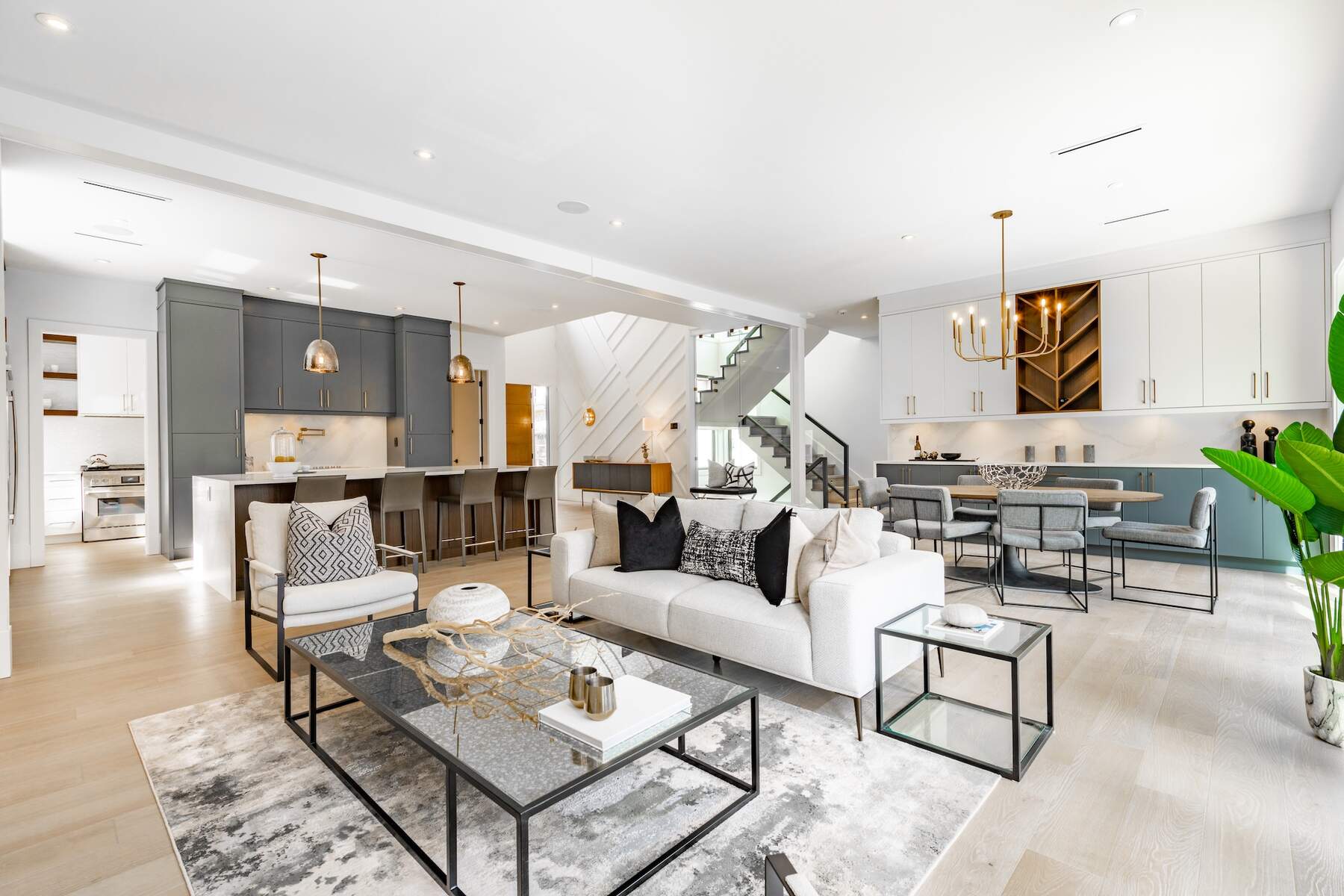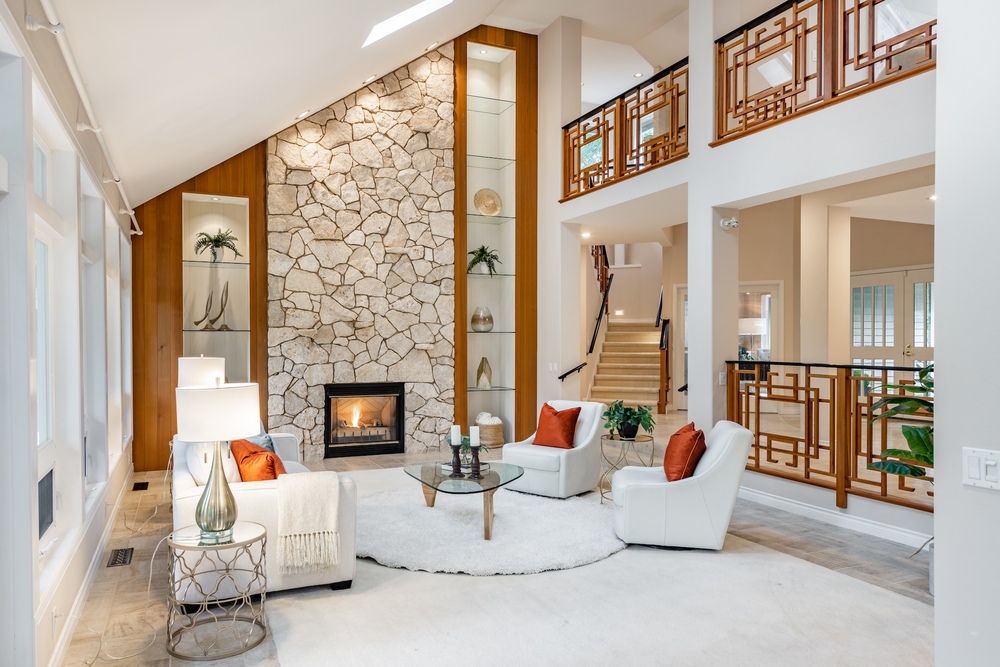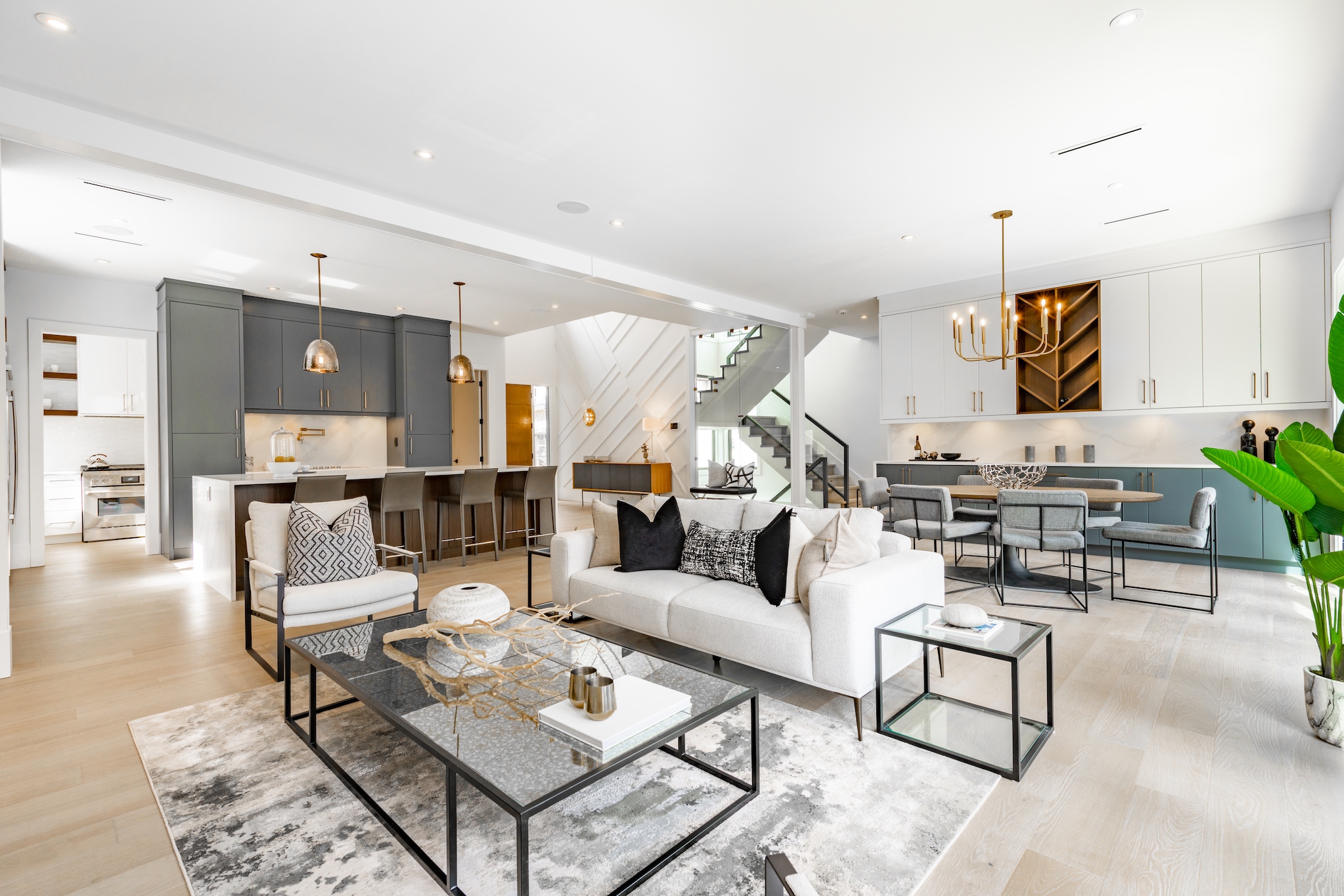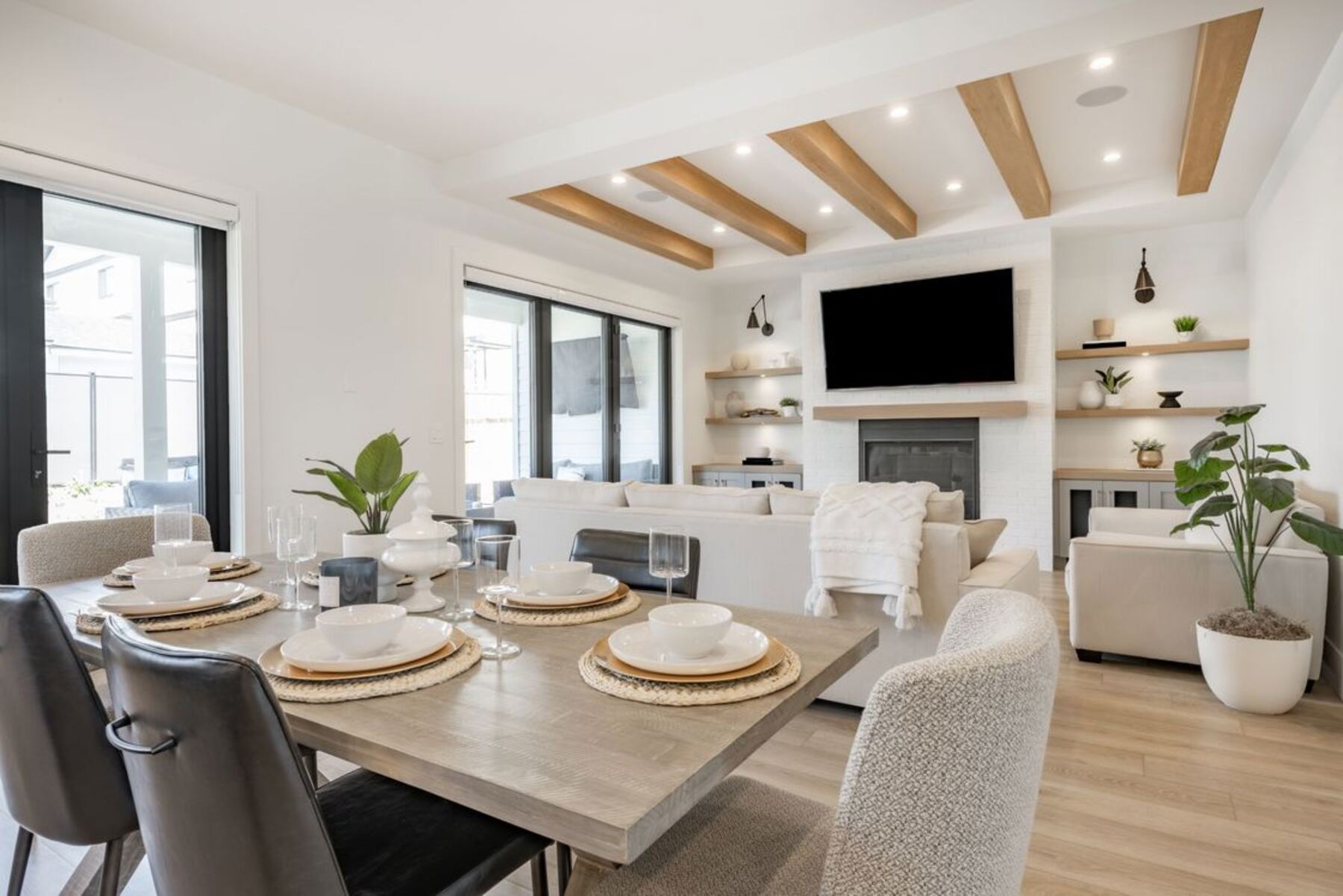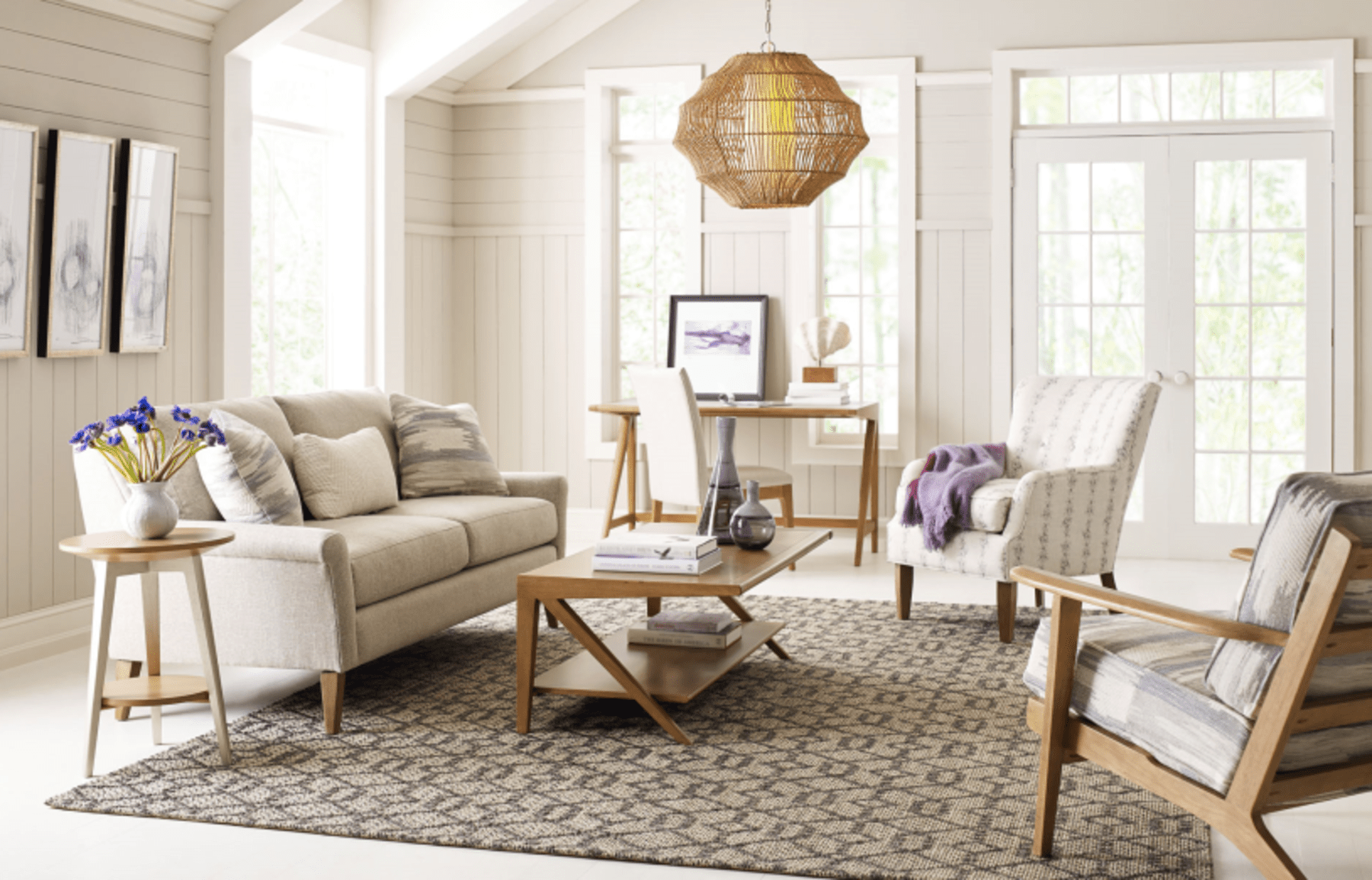As an interior designer, I’ve realized that space is the unsung hero of every design project. It’s not just empty square footage; it’s the canvas upon which the entire interior design concept is created. In this article, I’ll discuss why space is important in interior design and can’t be overlooked.
Why Is Space Important in Interior Design?
Space design is crucial in interior design because it determines how people will move through and interact with a space. A well-designed space promotes comfort and functionality by considering the purpose of each area and arranging furnishings appropriately.
Effective space design also considers aesthetic factors like lighting, color, and interior decorating services‘ overall environment and mood.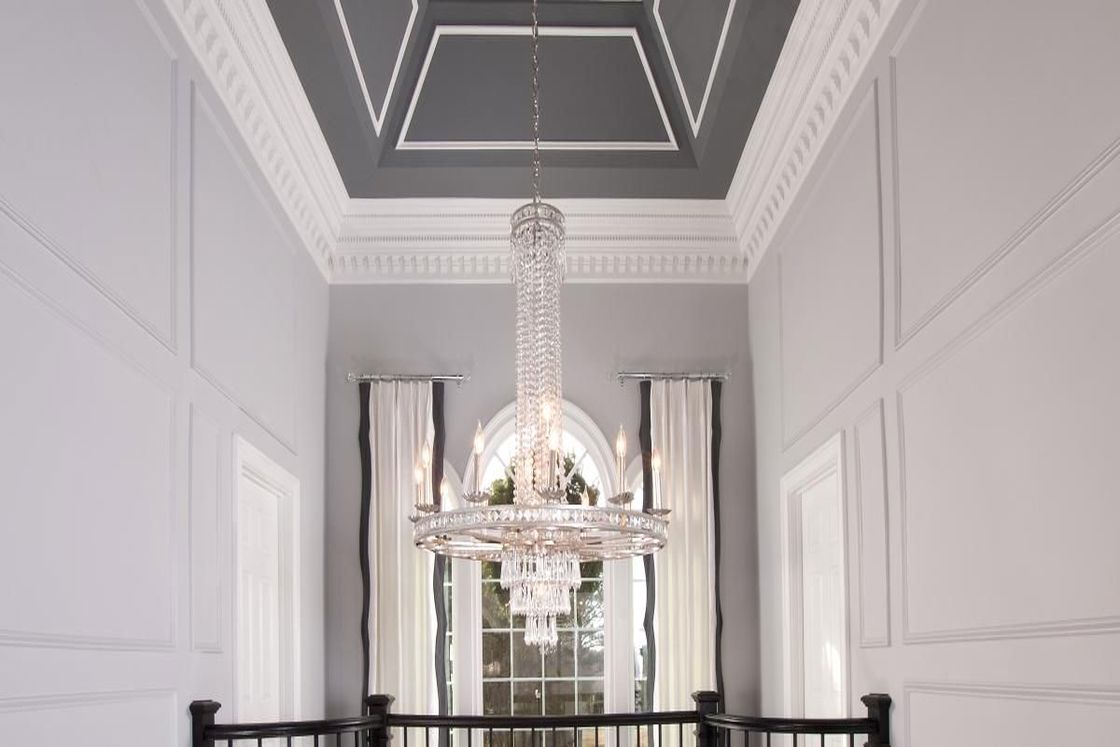
What Is Space Planning in Interior Design?
Space planning in interior design is the art of arranging and organizing the available space within a room or building to make it functional, comfortable, and aesthetically pleasing.
It involves carefully considering how furniture, fixtures, and other elements are arranged to create an efficient environment for the occupants.
Space planning is a multi-step process. First, you figure out what the room will be used for. Is it a living room for watching TV, a spare bedroom being converted into an office, or a bonus room for kids to play in? You also consider how many people will be in the room and how they’ll move around.
Once you know what the room needs, you make sketches that show how everything will fit. You keep tweaking these drawings until you find the best layout for the space.
Creates Harmony in a Room
When I design a space, I’m crafting a symphony of elements within a room. In interior design, every piece of furniture, every color, and every texture should harmonize within the area. It’s like music; every note has its place. In this case, space is the silent conductor. It plays a pivotal role in making everything fit together seamlessly.
Imagine a room with a haphazard furniture arrangement. It has cluttered corners and no room to breathe. The result? Chaos. Meanwhile, a well-organized and well-designed area looks pleasing. Also, it feels inviting and functional.
The Space Transformation
To illustrate, I consider a recent project of mine. A client had a small living room and wanted to make it more spacious and inviting. So, I did the following:
- Removed bulky furniture and incorporated multi-functional pieces.
- Strategically used mirrors to create an illusion of more area.
The transformation was astounding. The room went from feeling cramped to cozy and open. It proved why space is important in interior design. Remarkably, space optimization can enhance interior design.
Psychology of Space
Our connection with space goes beyond aesthetics. It has a profound effect on human psychology. There were studies conducted exploring spatial design’s impact on humans mentally. 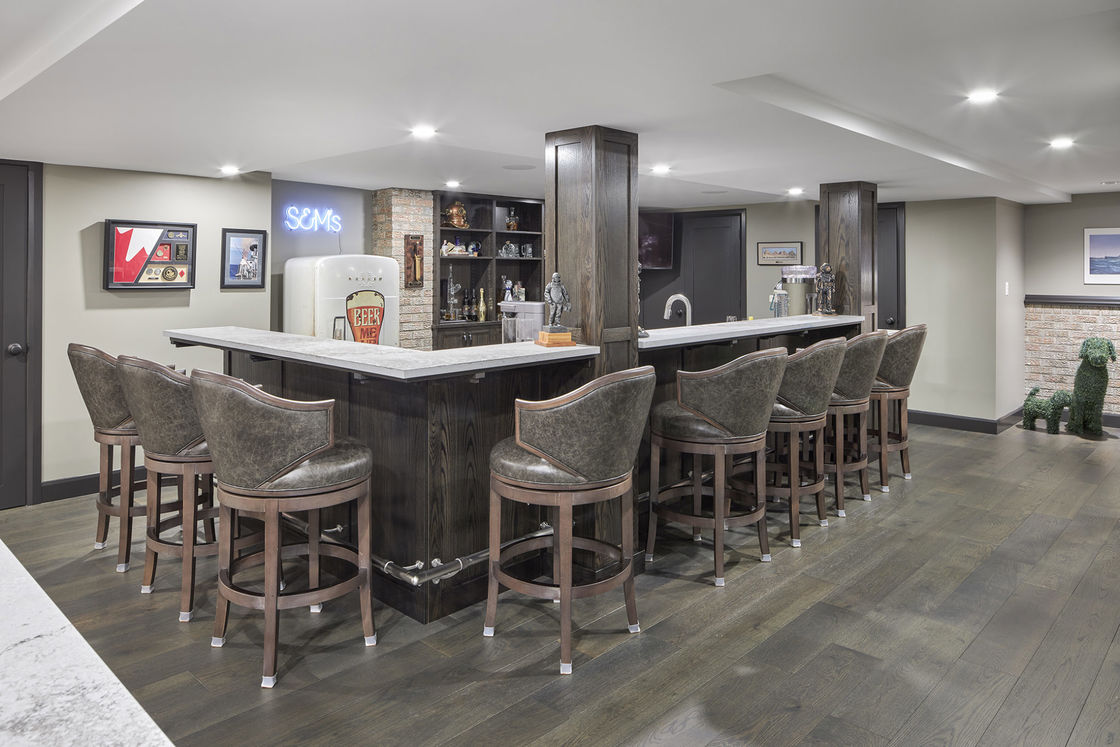
There was a study in Scientific American on how room designs and space arrangements influence our mood and affect work. It proved to impact productivity and even creativity. For example, a well-designed area can promote collaboration among employees in the workplace.
In my office redesign project, I reconfigured the layout to create open workspaces. It is to encourage spontaneous interactions among team members. As a result, it boosted creativity and enhanced the overall work environment.
Also, consider a cluttered and cramped room versus an open and airy one. The former can induce anxiety and unease, while the latter promotes a sense of calm and tranquility. A well-designed space can evoke relaxation, inspiration, or excitement.
Maximizes the Use of Space
Space is not only about how much room you have; it’s also how effectively you use it. This principle became evident when I worked on redesigning a kitchen for a busy family. The kitchen was spacious, yet the layout was inefficient. It was causing frustration during meal preparation and family gatherings.
I reorganized the area and introduced smart storage solutions. Also, I upgraded appliances. I modified the kitchen and made it a functional and enjoyable space.
The project reinforced the idea that interior design is not only about aesthetics. Making spaces work for the people who inhabit them is also part of it. Thus, it further emphasizes why space is important in Vancouver home decor.
Improves Flow and Movement
One aspect of space often overlooked is its role in facilitating movement within a room. The arrangement of furniture, the placement of doorways, and the allocation of open areas all impact the flow.
Using Space To Modernize a Home
In one of our recent home renovation projects, the challenge was to make an old, cramped layout feel more organically modern and spacious. I achieved this by creating an open-concept design by doing the following:
- First, I removed unnecessary walls.
- Then, I strategically placed furniture to encourage natural movement.
The result was a more contemporary-looking home. Also, it functioned better with the family’s daily routines.
The Role of Space on Environment
The importance of space in interior design extends beyond functionality and beauty. It connects to sustainability. We all know that environmental consciousness is paramount in our current world. So, I aim to optimize an area with a more eco-friendly interior design in mind.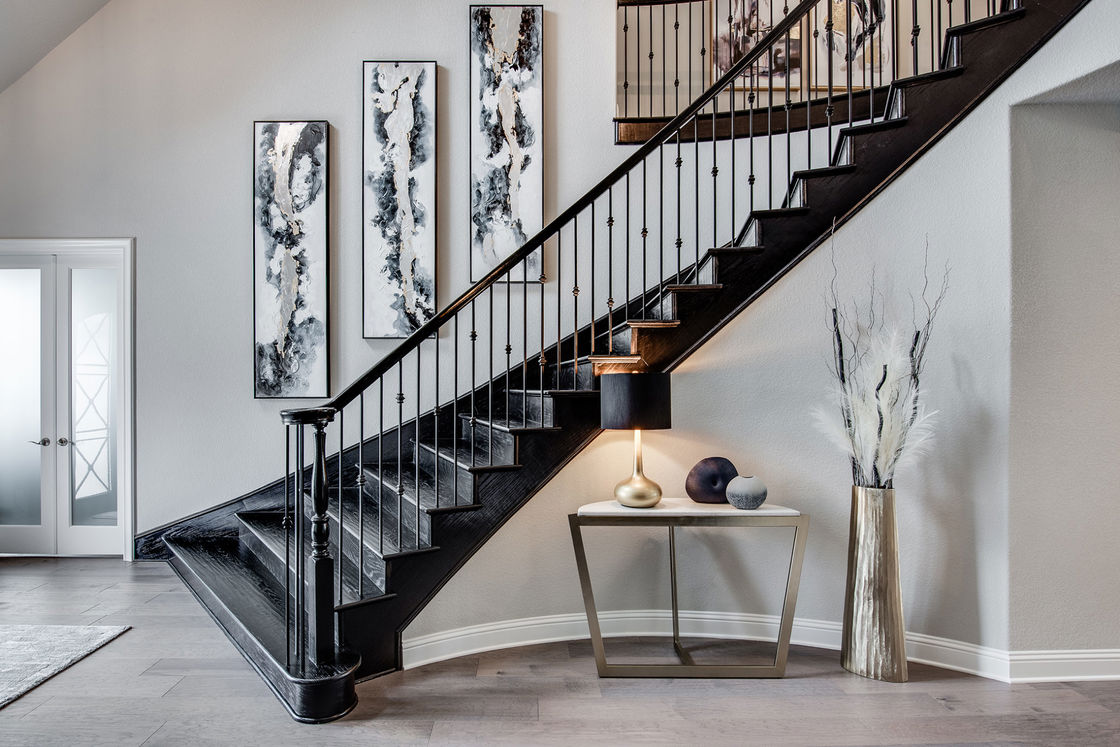
Let’s consider the concept of tiny homes. These compact living areas are challenges in how to maximize space. Yet, it is also an opportunity to reduce our carbon footprint. By downsizing and focusing on essential elements, tiny homes conserve resources. It’s not to mention that these cozy homes offer unique living experiences.
Every inch mattered when I worked on a tiny home project. It’s from foldable furniture to vertical storage solutions. The experience underscored the potential of space-conscious interior design. I had to consider contributing to a more sustainable future.
The Balance Between Form and Function
I usually hear this in interior design: “Form follows function.” While this is true, it’s essential to recognize that space is the bridge. It connects form and function.
Take, for instance, a minimalist interior design approach. Minimalism champions simplicity. However, it doesn’t mean sacrificing comfort or functionality. Instead, it should be a space creation where every component serves a purpose.
I embrace such principles in my work. It’s striking the right balance between aesthetics and functionality. As a result, I’ve seen how a well-designed room can become very appealing to the eye. Plus, it is highly practical.
All that to say, it’s still very important to thoroughly understand the purpose and function of each space. Here are a few examples:
- Kitchen: The kitchen is where meals are prepared, and people gather to eat and socialize. It’s often considered the heart of a home, and a significant amount of time is usually spent here.
- Bedroom: Bedrooms are private spaces for sleeping and relaxation. Beds, seating, media and decor create a calm environment removed from the activity of other rooms.
- Office: An office is a workspace designed to enable focus and efficiency, usually containing a desk, chair, and tools to accomplish tasks. Offices support productivity whether in corporate or home settings.
The Impact of Technology on Interior Design
Technology has become an indispensable tool in interior design in this digital age. Utilizing technology, interior designers can now provide clients with immersive experiences. The emergence of Virtual Reality and Augmented Reality technologies allows visualization in interior design. They help forecast how an area will look and feel. 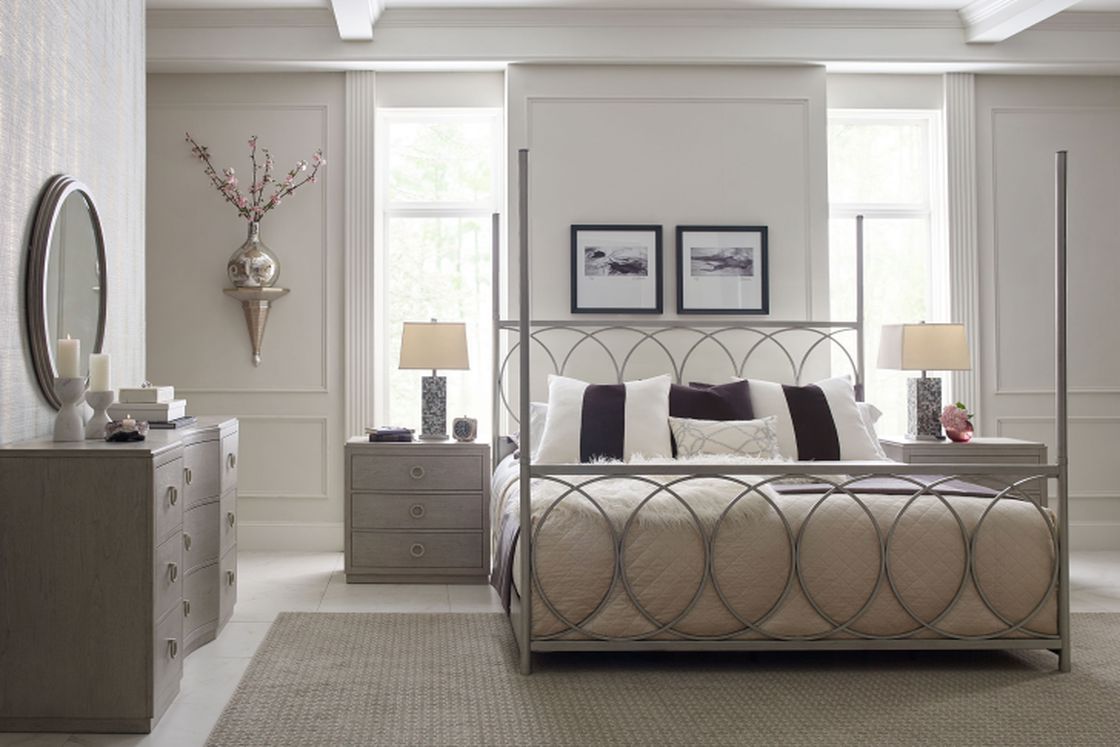
These technologies help us make more informed decisions about spatial layouts. Also, these are significant aids with furniture placement and color schemes. Moreover, they help bridge the gap. Technologies connect the designer’s vision and the client’s expectations. These help ensure a smoother design process.
The Future of Interior Design
Space will remain at the interior design core despite its continuous evolution. One thing that defines the success of any interior design project is the use and optimization of an area. It’s an undeniable fact. It’s whether we’re designing homes, offices, or public spaces.
It goes to say that space is the silent yet indispensable partner of interior design. Now, it explains why space is important in interior design. Space is the conductor. It’s the catalyst for creating beautiful, functional, and harmonious areas.
Without doubt, space is not to be underestimated in interior design. It will always be its heart in every undertaking.
Related Questions
Here are some common questions I often hear relating to space in design.
Does Every Room Need to Be Created With Space?
To have rooms that flow nicely and don’t cause you or guests to get frustrated while walking through, every room needs to be designed with space. This is especially true for small rooms, so they don’t feel more cramped.
How Do You Select Furniture With Space in Mind?
As an interior designer, I use floor mapping before selecting specific furniture for a room. This way, I can visually see the space mapped out and easily move and arrange furniture before committing to certain pieces.
Conclusion
Space is an open canvas. The next time you step into a well-designed interior room, take time to appreciate the role of space and how the room came together.



